Rockstar Games has rebooted the Social Club with totally new features designed to let fans make their mark as members of the Rockstar community. The new launch includes custom Social Club user profiles, an all-new Friends system with public and direct messaging, the ability to link in and log in with your Facebook and Twitter accounts, integrated Rockstar Newswire activity and reply notifications and much more. This Wednesday the additional launch of Social Club CREWS will allow fans to register, create and rally their Max Payne 3 Multiplayer Crew ahead of time. For more details, check out the official announcement here.
-
VPC: $8.35 ▲Value Per Click
-
VPCO: $0.00 ▲Value Per Comment
-
VPL: $0.00 ▲Value Per Like
-
VPM: $0.00 ▲Value Per 1k Impressions
-
VPS: $0.00 ▼Value Per Share
-
VPV: $0.00 ▲Value Per View
-
VPCO: $7.71 ▲Value Per Comment
-
VPL: $0.00 ▲Value Per Like
-
VPM: $0.00 ▲Value Per 1k Impressions
-
VPV: $0.00 ▲Value Per View
-
VPC: $2.86 ▲Value Per Click
-
VPCO: $0.00 ▲Value Per Comment
-
VPFAV: $0.00 ▲Value Per Favorite
-
VPL: $0.00 ▲Value Per Like
-
VPM: $0.00 ▲Value Per 1k Impressions
-
VPR: $0.00 ▲Value Per Reply
-
VPS: $4.08 ▲Value Per Share
-
VPV: $0.00 ▲Value Per View
-
VPC: $20.79 ▲Value Per Click
-
VPCO: $0.00 ▲Value Per Comment
-
VPL: $0.00 ▼Value Per Like
-
VPM: $0.00 ▲Value Per 1k Impressions
-
VPS: $0.00 ▼Value Per Share
-
VPV: $0.00 ▲Value Per View
Battleship And Men In Black: Alien Crisis Come With E-Movie Cash
Activision has announced that those that purchase Battleship or Men In Black: Alien Crisis will receive up to ten dollars worth of e-Movie Cash. Specially marked packages of Battleship and Men in Black: Alien Crisis video games will contain a promotional code that can be redeemed online and used at participating theaters nationwide to see either Battleship, in theaters May 18, or Men In Black III, premiering May 25.
The Battleship video game will release on May 15 for the Xbox 360 and PS3 at $59.99, the Wii at $39.99, the Nintendo 3DS at $29.99 and the Nintendo DS system at $24.99. Men in Black: Alien Crisis will be available on May 22 for the Xbox 360 and the PS3 at $59.99, and for Wii at $49.99
Find out more at www.emoviecash.com.
Bubble Safari Launching From Zynga
Zynga has launched their newest title in Bubble Safari. The “social arcade game” will launch simultaneously on Facebook and Zynga.com, and when Played on Zynga.com, will offer a competitive head-to-head mode for real-time play.
“This game is going to open up a lot of eyes,” said Senior Creative Director Mark Turmell of Zynga San Diego. “It’s a pure arcade game, where people are going to lose, they’re going to be challenged, they’re going to go head-to-head. I couldn’t be more proud of what’s happening here.”
Storm8 Sees 300 Million Mobile Downloads
Storm8 has said that it has passed 300 million downloads and that its network of games reaches 100 million devices. The company believes that it’s games have been installed by one out of five iOS and Android users.
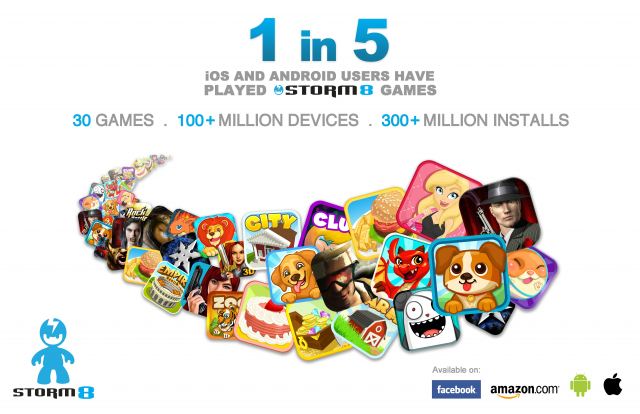
“The company is profitable and we can stand on our own feet and sustain growth,” said Storm8 CEO Perry Tam.
Source: Tech Crunch
Analytics Are King, Says Starhawk Developer
Social analytics are a key component of development for companies like Zynga. However, Lightbox CEO Dylan Jobe indicates that the AAA developer used similar data to keep Starhawk multiplayer balanced.
“One of the other big changes that we did, to help make more informed design decisions about balance, was putting in place a really massively robust backend system for game analytics,” said Jobe. “We’re able to track far more statistics than we ever could.”
“Analytics is king. With it, you can make some really amazing business decisions, and also really smart, well-informed design decisions,” he added. “We invested a lot of time putting in place a great telemetry system in Starhawk. We track every single event for every player in every game on the planet every single day. We know what skill you activated, when, how long you had that skill activated, when you switched. Down to very specific game design and tuning parameters, like, for every missile that is fired at another aircraft, we know how their controller was configured. So that we can make sure that the different control schemes have balance and are not providing advantages one way or another.”
Jobe attended sessions with Zynga and Nexon at the GDC Online event, to learn how companies handled backend analytics. “Many of them kept referring to a piece of software called Tableau, which is a really great data visualizer,” said Jobe. “And I really didn’t know anything about it at the time, but I knew that this was something that I needed to know more about, that we needed to integrate with Starhawk,” he said.
“I remember coming back to the studio, sitting down with our systems designer and saying, ‘You know what This software looks like something we need to use. It’s going to be a great way for us to visualize all kinds of design stuff,” he added. “Get on it.’ Of course we use a very involved custom Sony backend, but Tableau software is a really great visualizer, and I would highly recommend that for any game studio. And we did exactly what you said regarding the learnings that we’ve all gotten from social games.”
Jobe thinks that the data helped separate good feedback from the bad. “We did that, literally on a daily basis, during our international Starhawk beta,” said Jobe. “We would look at the data, see what was happening, we would look at the forums and Twitter and Facebook. Of course, you have the passionate internet fans. They may have had just one bad game, so they immediately think that whatever weapon they were using at the time was underpowered. But you compare the passion of their response with the cold clarity of the objective data to steer the design decisions and the tuning of the game.”
“Math is the universal language, right While we have a ton of players in North America who we communicate with quite frequently and clearly in English, we have players everywhere. So we were able to get essentially playtest data from all nations, whether or not we spoke their language, whether or not we could read their forum posts. It was really interesting stuff that came out of that data. Stuff that was surprising to us. I made a presentation about this at SXSW this year. It blew my mind to see that Russians playing the Starhawk beta accounted for the most proximity mine kills. That was a group of people on earth that love to plant proximity mines the most, and they accounted for the most proximity mine kills. Some of the best players on the planet, in fact the biggest percentage of great players, even though it was relatively small, but they were so good, were from Greece,” he noted.
Source: GamesBeat
Exclusive – [a]List Game Marketing Summit: ‘Building Desire’
Introduction from Chris Younger, Principal/Director of Strategy, and Julian Hollingshead, VP Strategy and Client Service for the Ayzenberg Group. A Morgan Freeman sound-alike provided narration for a brief video about content marketing to lead into the first panel.
The consumer courtship, the interaction you have with your consumers from the moment they first encounter your product or brand. This summit is about building desire, which is about content. This can mean video, or events, or many other things like alternate reality games, sponsorships, or online forums. There are 5 questions to consider when deciding what content to create to build desire: What, why, how, when and where. The summit will explore all of those questions with a variety of experts.
Greenlighting Content: What Should You Create, and Why
The panel was moderated by Steve Fowler from the Ayzenberg Group, included Brad Hisey, Director of Marketing for Nexon; Ryan Crosby, Sr. Director of Consumer Marketing for Activision/Blizzard; and Mitch Powers, Director of Global Brand Management for THQ.
The importance of a goal for your content was underscored by Ryan Crosby, because that guides the type of content you create and how it’s expressed. The story is also at the core of the content, according to Brad Hisey, and needs to be considered throughout the process. How do you get management to sign off on a big expense that’s crucial to creating your content Crosby says you focus on the whole program and put the expense into the context, showing how it will create the intensity of desire that you’re looking for. Mitch Powers said that while a big budget is good, a limited budget can help stimulate creativity as you try to do more with less. Brad Hisey noted that he takes a much more boring approach, looking at his spreadsheet and allocating money precisely between content creation and placement of the content. Discussing dealing with a powerful developer like Bungie, Crosby said that spending time with them is very important to fostering understanding and buy-in for the content you want to create. One of the dangers as a content idea moves through the process is that the idea gets watered down and loses its punch; getting help from management is one way to avoid this. In all cases, learn from mistakes and strive to improve with each new product.
The Content Creators video, featuring Joey Jones, Director and Co-founder of Shadedbox. What’s changed in content creation The tools that are available have become very sophisticated.
Building Desire with Earned and Owned Media: How Do You Engage People
This panel was moderated by Steve Bastien, Director of Interactive and Transmedia for the Ayzenberg Group. Participants were Laura Naviaux, VP of Global Sales for Sony Online Entertainment; Ryan Schneider, Director of Brand Development for Insomniac Games; Ed Lin, Director of Brand Marketing for Warner Bros.; and Rebecca Markarian, Director of Social and Emerging Media for the Ayzenberg Group.
Content distribution and the pacing of release is a complex question with so many options available. How do you make sure people find content Ed Lin talked about Mortal Kombat as an example of content they needed to distribute, spending $2 million to create content that they ended up selling, working with Machinima. Laura Naviaux noted that they don’t make those sorts of decisions without having all the stakeholders at the table. Ryan Schneider underscored the importance of planning to make sure that execution is good. Pacing of content release was the next issue covered; Laura Naviaux talked about studying metrics to see how content is being received, and using that information to adjust their release schedule. Of course, that is for an MMO where the product operates continuously; Ed Lin noted that for Mortal Kombat they planned out the campaign ahead of time.
Rebecca Markarian said that they are constantly touching their audience and their brands, adjusting continuously depending on what they are seeing. Laura Naviaux pointed out that for Planetside 2 they are planning to put out information much later than for other campaigns. Ed Lin talked about how they debated restarting their Mortal Kombat social presence, which required the courage to give up some 65,0000 fans… and now they have 2.9 million after the restart.
Steve Bastien asked how it’s possible to activate the users to help get content distributed. Ed Lin said he hates user-generated content; he prefers to keep control of the process. Community unlocking is one technique used in DC Universe Online, as Laura Naviaux noted, where you get a group of fans to cooperate towards unlocking desired content. Rebecca Markarian agreed that giving fans the chance to “get their name in lights” is a useful technique.
Should development get more say in the distribution of content Yes, said Ryan Schneider; is that even a question Ed Lin agreed, noting that often PR is the only team that has a say in where content goes. It’s hard work to create great content, Schneider said. Who gets the content first It depends, said Lin. Their goal is always the top PR location globally to get an exclusive. Coordination between locations is important to maximize impact in a small window of time, noted Naviaux.
The Content Creators video, featuring Jace Hall, Executive Producer of “V” television series and longtime video game writer/producer, talked about how content needs to make an emotional connection with the viewers. If you start with “what is the emotion we’re trying to elicit in the audience,” you’ll be very successful, says Hall.
Bringing Brands to YouTube
This panel of YouTube stars was moderated by Seth Hendrix, Head of Original Content for the Ayzenberg Group. The panel consisted of Toby Turner, a.k.a. ‘Tobuscus’; Adam Montoya, a.k.a. ‘SeaNanners’; and Olga Kay. YouTube has evolved from a “cats and babies” site to a new Hollywood . . . only 80 percent “cats and babies.” How do consumers find video in the massive amounts pouring onto the site One way is to partner with YouTube creators who have already built an audience.
How did they get started Adam Montoya enjoys playing games for a living; Olga Kay ran away from the circus where she was a juggler and got into sketch comedy on YouTube; Toby Turner started out attending school to be a dentist, but got into making videos that looked like commercials, and eventually decided to specialize in “quantity over quality, and it’s really paid off.”
Adam Montoya believes that as people watch his videos, it becomes a sort of reality television and a shared experience, based on the common liking for a game. Toby Turner’s Assassin’s Creed trailer ended up getting more views than the actual trailer, and he attributes it to putting in a catchy song with a popular theme. Olga Kay has over 60 million views to date, and she keeps it fresh by listening to conversations to figure out what people are talking about.
How do these YouTube stars keep their brands organic when they get hired to work for a brand Adam Montoya says he tries to keep it real, and work with brands he likes; if you try to force the peg, it won’t play well. Toby Turner notes that if they script it for you, it never works. But he feels that the real key is making sure the content is funny, whether or not he really uses the brand in question. Olga Kay writes a sketch comedy around a product and tries to connect with the audience as well as the brand, but it’s tough when you don’t use the brand on an everyday basis.
YouTube differs from TV by giving you instant feedback, and the YouTube stars track that very closely and respond. Your like to dislike ratio is an important indicator, said Toby Turner. Olga Kay has five different YouTube channels and is thinking of starting a sixth channel. It’s because she has very different things she’s interested in, and the audiences don’t overlap that much. Adam Montoya noted that gaming is just out of control right now, and the audiences have grown amazingly since 2009 when he started.
Do they reach out to brands or wait to be approached Olga Kay does a series of videos about a brand and has the brands approach her on more than one occasion. Toby Turner tried to create a sketch for Good Earth Coffee, but they weren’t interested. His literal trailers, on the other hand, have been very successful; his Ubisoft videos last year for E3 got 25 million views.
The Content Creators video, featuring Chris Cowan, Creative Director and Co-founder of Thousand Pounds Action Company and Mike Chaves, Commercial Director. He makes films based on nerd culture, and he thinks the Internet has become a huge stepping stone for artists because of the instant feedback. It’s a perfect avenue for trial and error, and opens up opportunities for those who engage and create content. Mike Chaves feels the key is being open and being flexible, and that’s how you can create something awesome.
Keynote Speech
The Keynote Speaker was Seamus Blackley, President of Innovative Leisure, and one of the creators of the Xbox, among many other things. As a game developer he’s not really sure of what to say to marketers, but his eclectic career has helped him learn about many different things. He’d be terrified to be marketing right now during the vast changes hitting the industry. We’re seeing a sea change in the way people see our products, Blackley said; something really magical is happening. Games have changed from being an outside phenomenon to being core to legitimate culture. The Toyota Prius interface is a video game, and Blackley sees it as a cultural victory.
These principles of game design and interaction have become important in places we weren’t expecting . . . like marketing. Consumers expect to be part of the game. They don’t want to be communicated to, they want to be communicated with, said Blackley. Minecraft is a tool that enables the audience to have a dialog with the creator, and that’s important to its success. People don’t want to be told what’s cool; they can figure that out for themselves.
Engaging people and making them part of the dialog can be a very important part of the business, and one that can generate a lot of revenue. It’s powerful, and new, and hard to predict. You may get it wrong, but that’s almost as good as getting right, if you are flexible enough to change what you’re doing. It’s a time to be experimental and try a lot of things, as long as we don’t forget that we’re here to entertain the audience. Twice in our history the business has been killed nearly dead when we forget about entertaining the audience. We should remember that there are tremendous opportunities ahead of the industry.
Companies like Zynga and ngmoco have created a whole new class of consumers who now feel they have permission to be gamers, and to say that they are gamers. They’ve also given them a huge amount of rehashed content, some of which isn’t very good. This is awesome if you think you can make quality games.
Battle Chess Gets Kickstarter
Subdued Software has announced that they are launching a Kickstarter for a new Battle Chess game. This recreation of the classic animated chess game will have online multiplayer and 3D animated models.
“When Double Fine launched their Kickstarter project, like many developers, it showed us a new way: go to the fans. So that’s what we’ve done,” said Subdued. “We need funding to complete various features of the game. Most importantly, we need to fund the completion of online multiplayer.”
Source: Kickstarter
BioShock Infinite Pushed Back To 2013
BioShock Infinite was going to launch in October 2012, but developer Irrational Games has confirmed that the game is now pegged for February 26, 2013. Lead designer Ken Levine reassured fans that this will result in a better game.
“I won’t kid you: BioShock Infinite is a very big game, and we’re doing things that no one has ever done in a first-person shooter,” wrote Levine. “We had a similar experience with the original BioShock, which was delayed several months as our original ship date drew near. Why Because the Big Daddies weren’t the Big Daddies you’ve since come to know and love. Because Andrew Ryan’s golf club didn’t have exactly the right swing. Because Rapture needed one more coat of grimy Art Deco. The same principle now applies to BioShock Infinite.”
“What does this mean for you It means a bit more waiting, but more importantly, it means an even better BioShock Infinite,” he added. “The great can be made greater, and we owe it to both ourselves and to you, our fans, to take this opportunity. Irrational Games is one of those rare developers lucky enough to ask the people who sign the checks: ‘Hey, can we have a few more of those checks ‘”
Mass Effect Mugshots
Indonesian artist Rajaya Yogaswara has done up some impressive styled mugshots of Mass Effect 3 villains. He’s trying to get them printed up as officially licensed shirts and even included a story mock up.
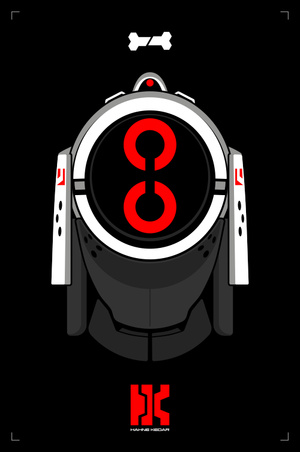
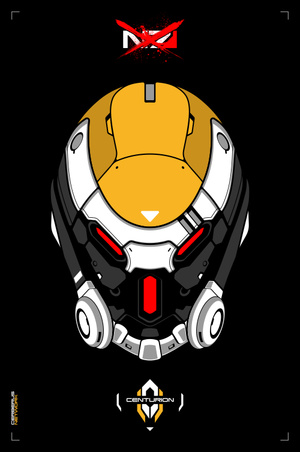
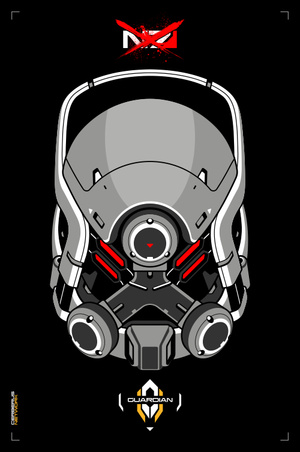
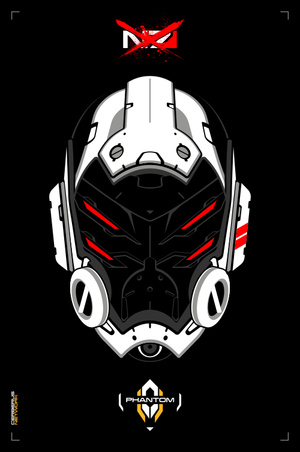
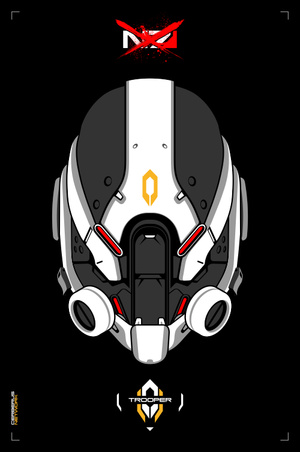
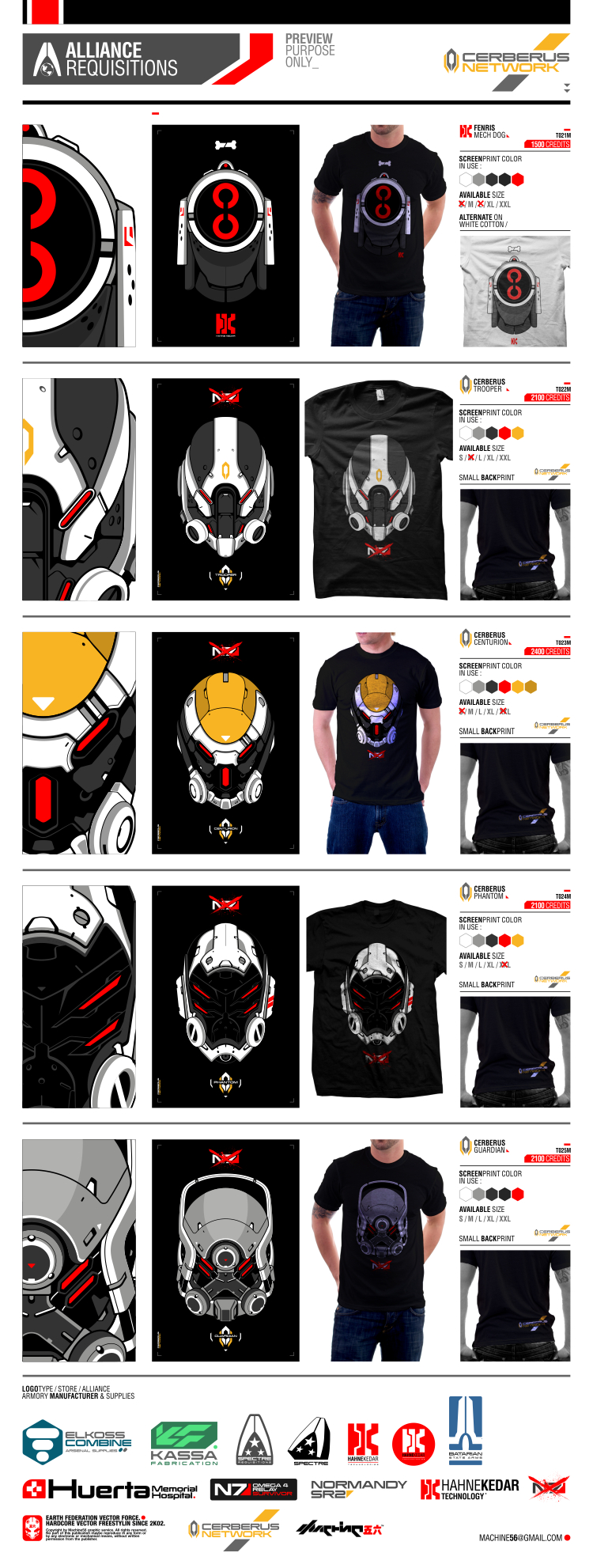
Source: DeviantArt.com
Plants Vs. Zombies Wall Graphics Are Here
The Plants vs. Zombies set of wall graphics has officially launched. Those that spend $15 on any order and get a free 2′ Yeti Zombie decal. Use code “FREE YETI” in the comments box.
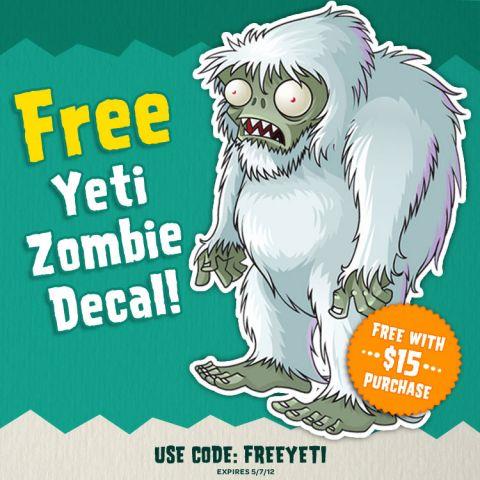
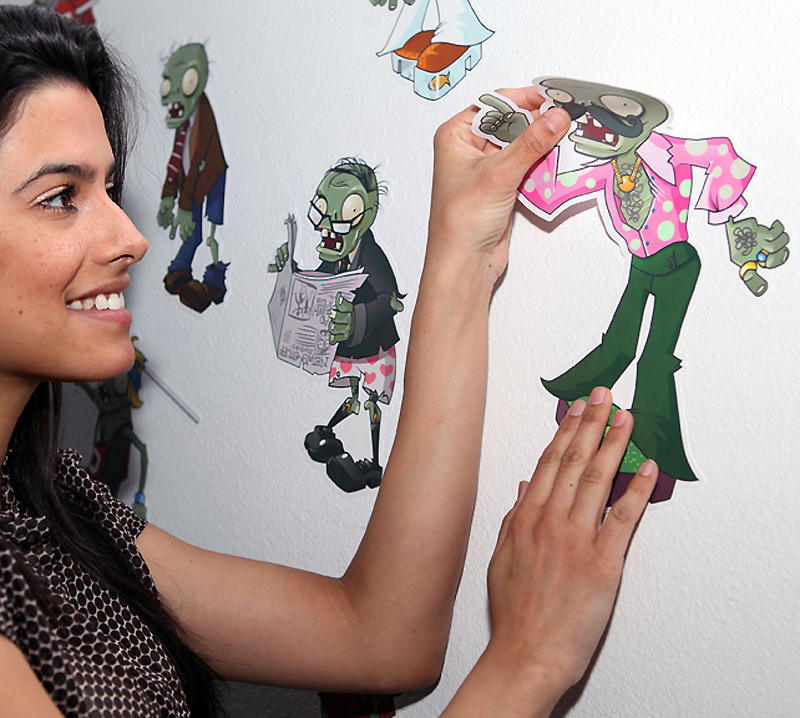
Source: Walls360.com
